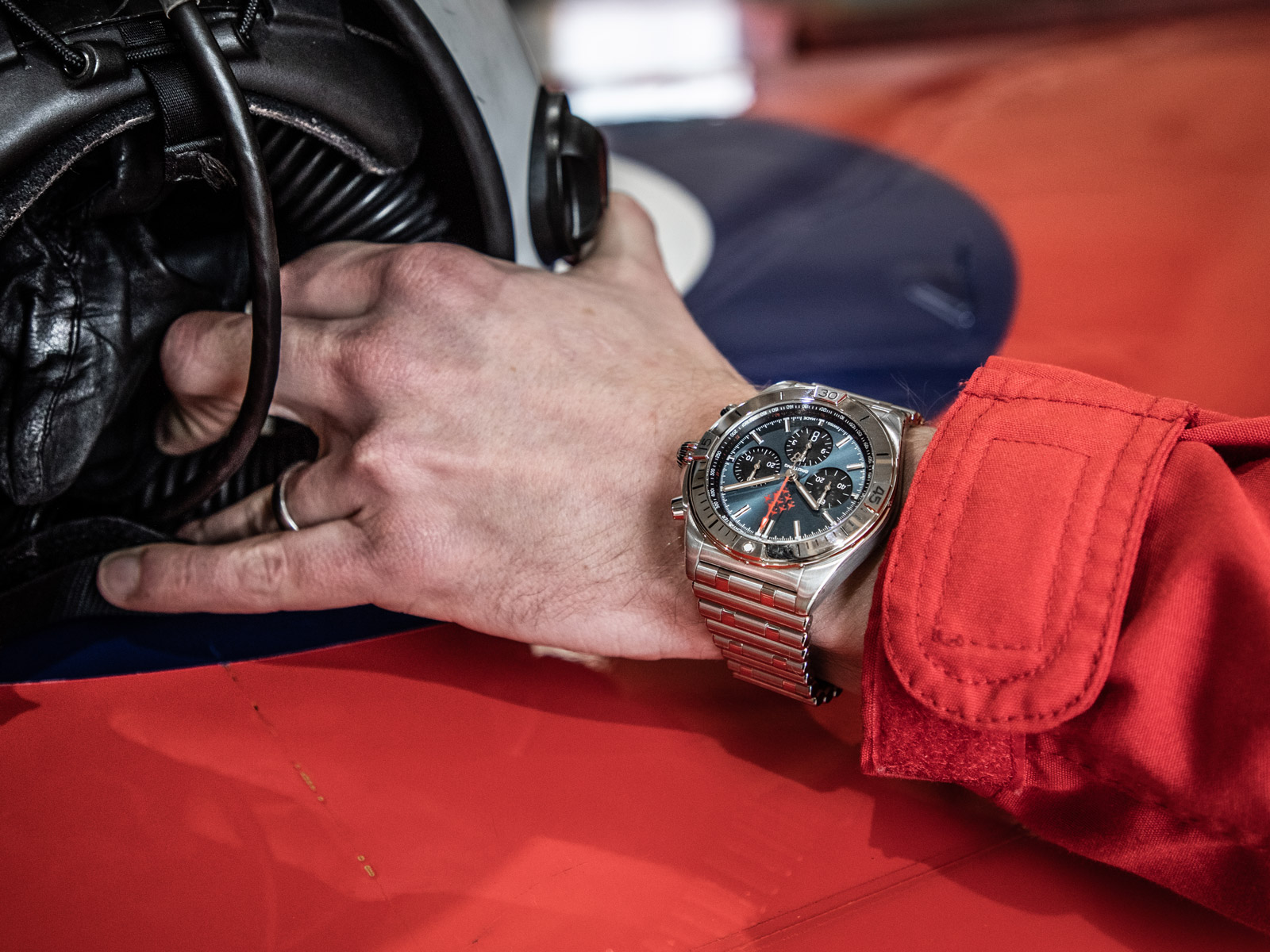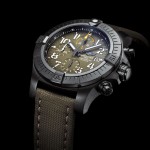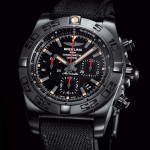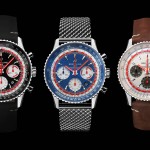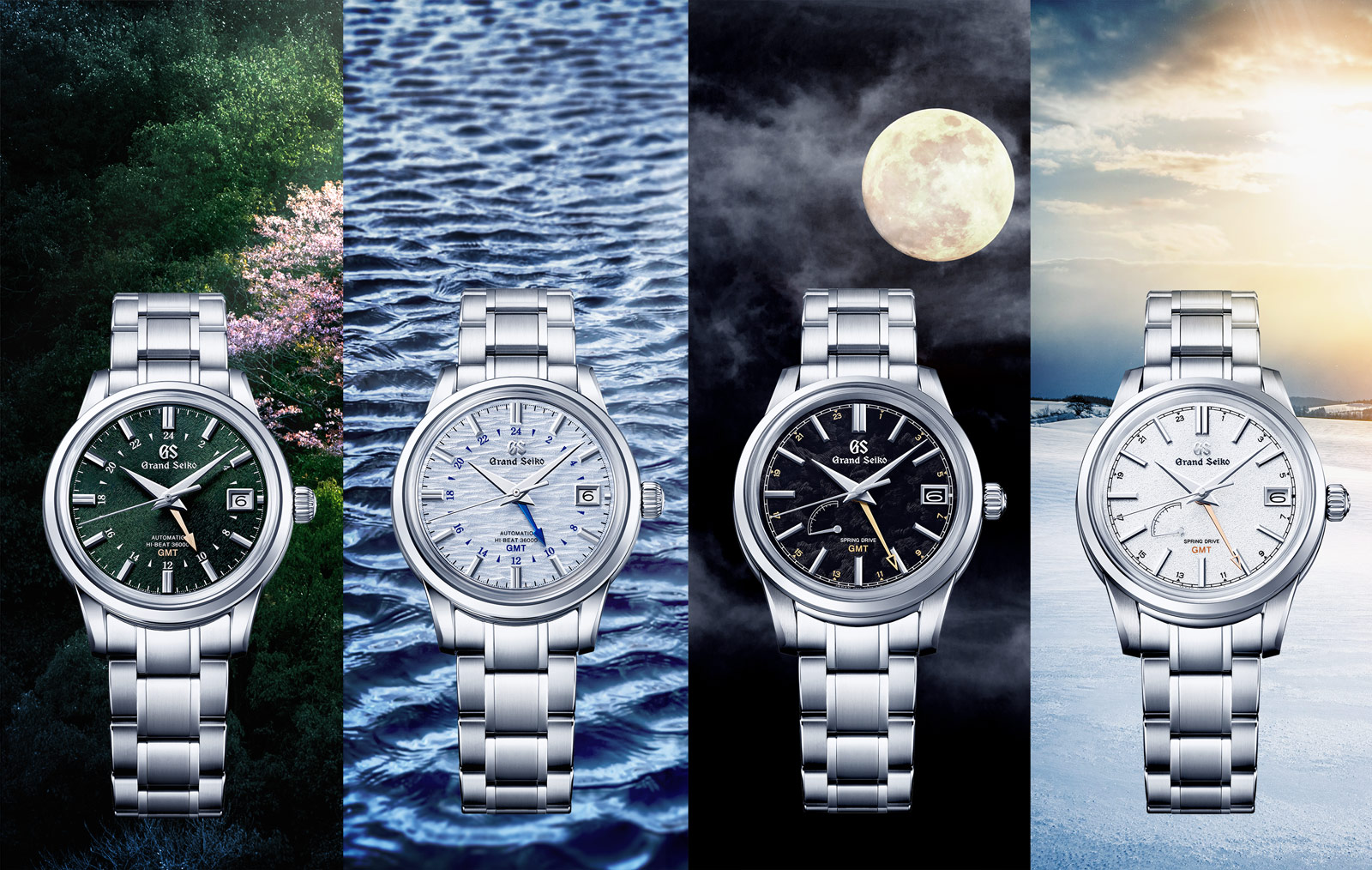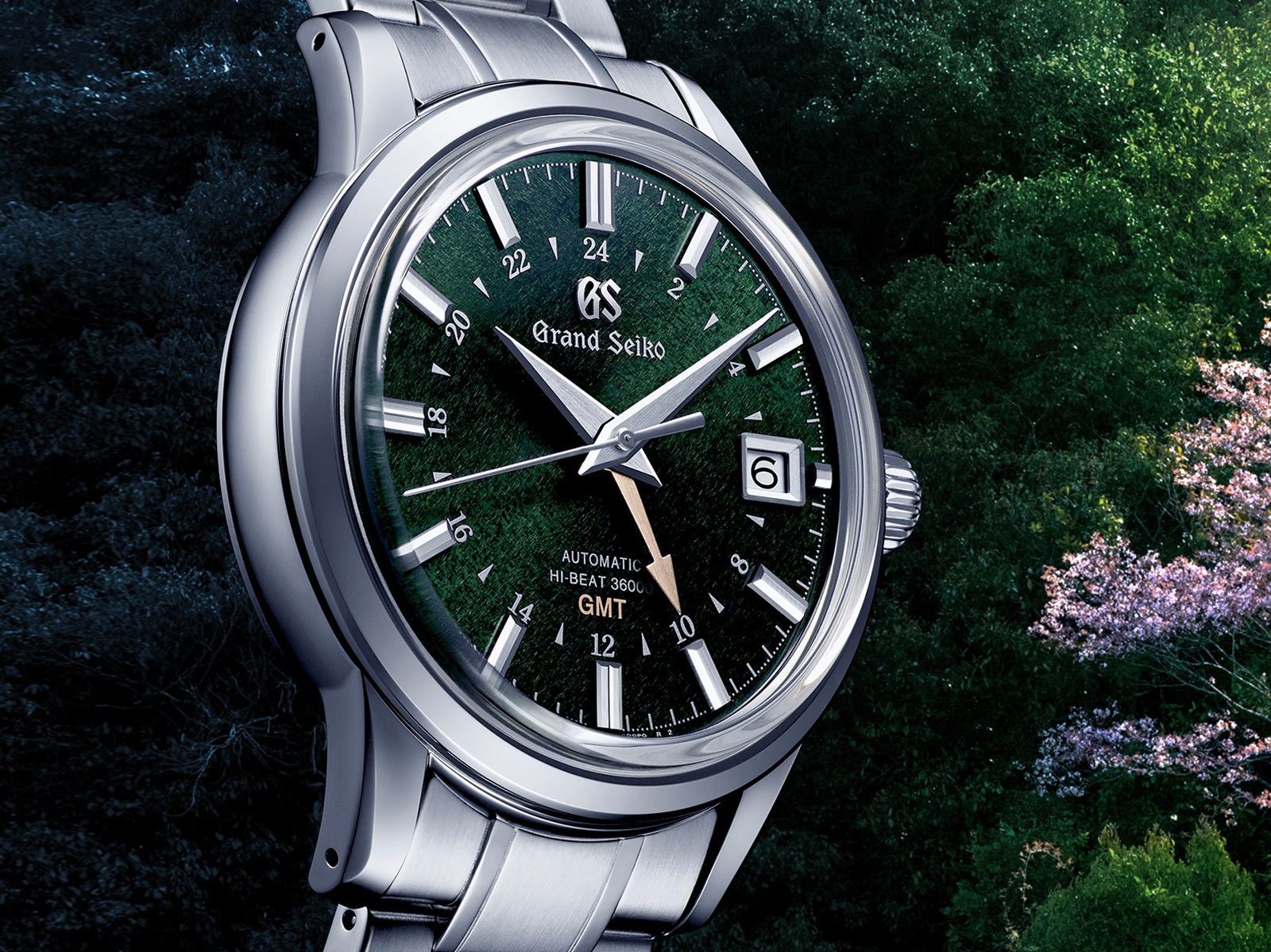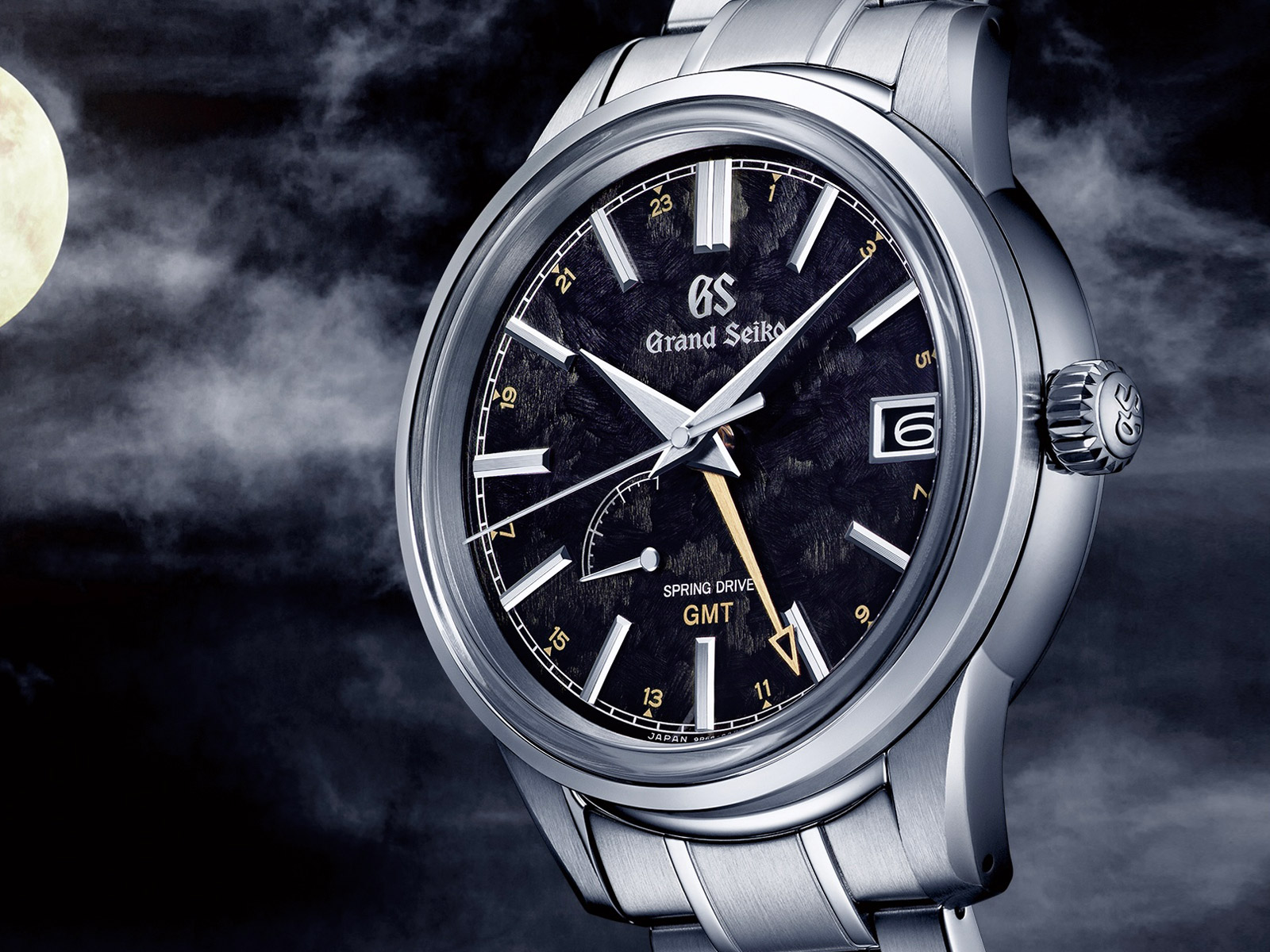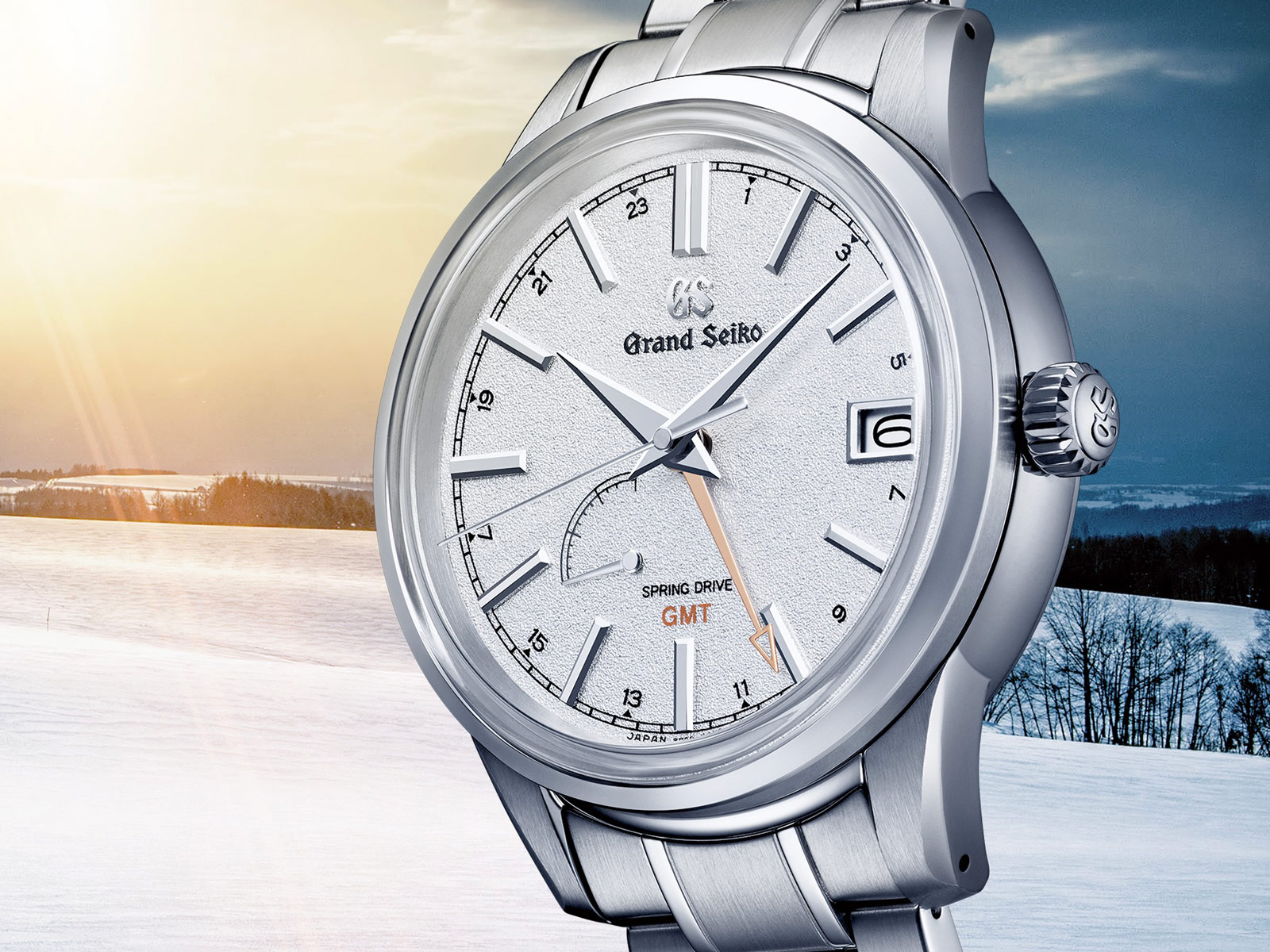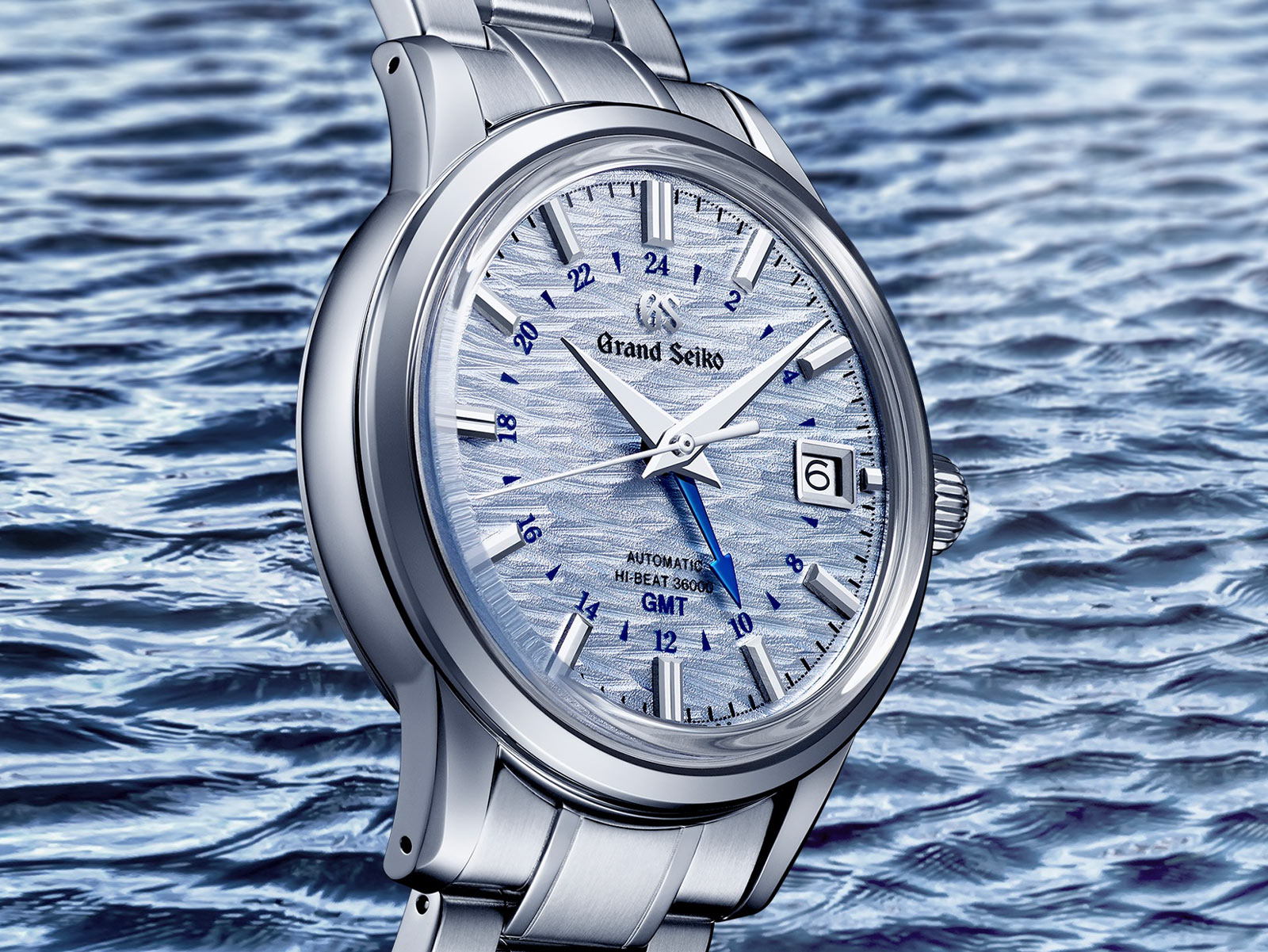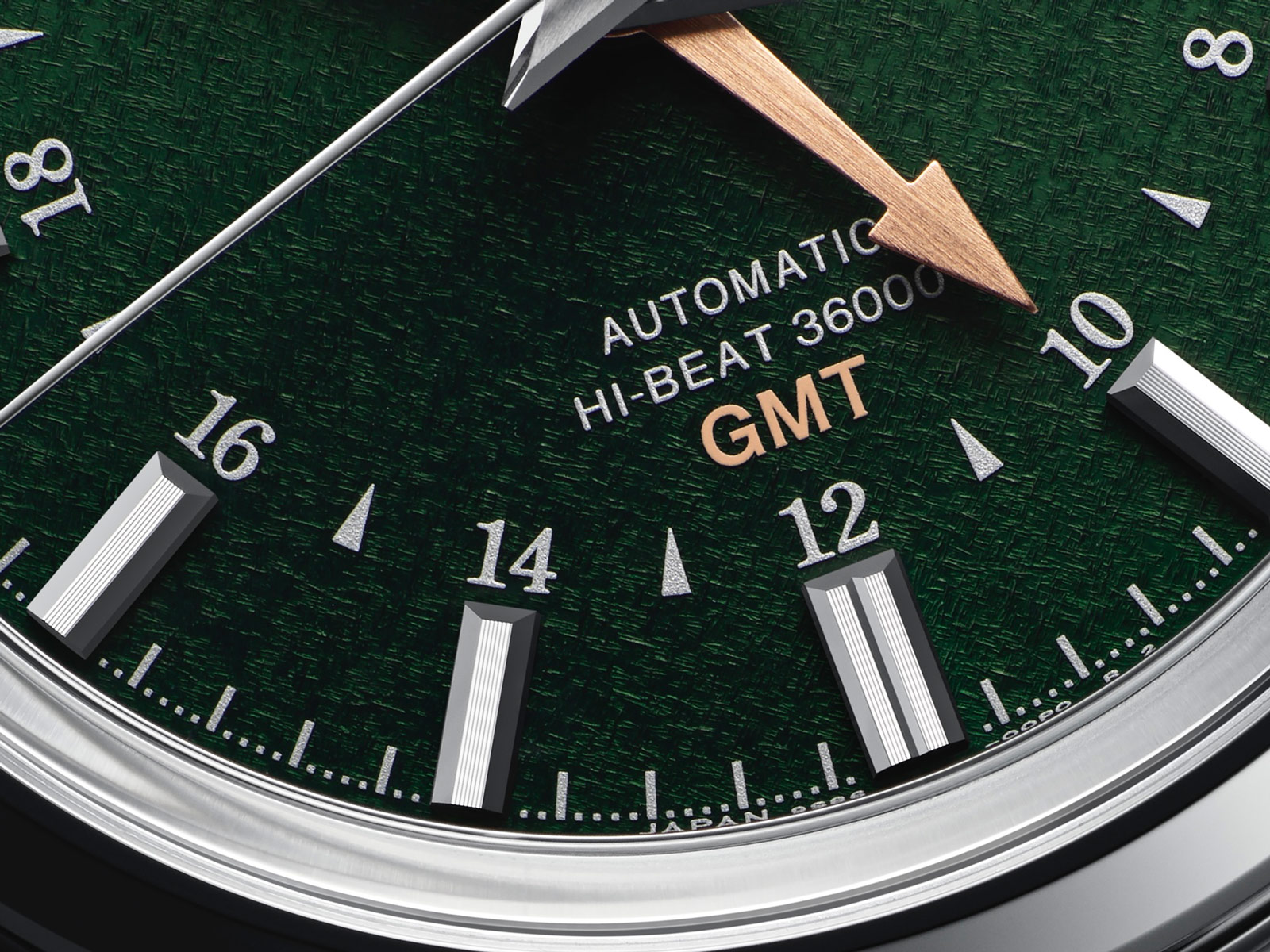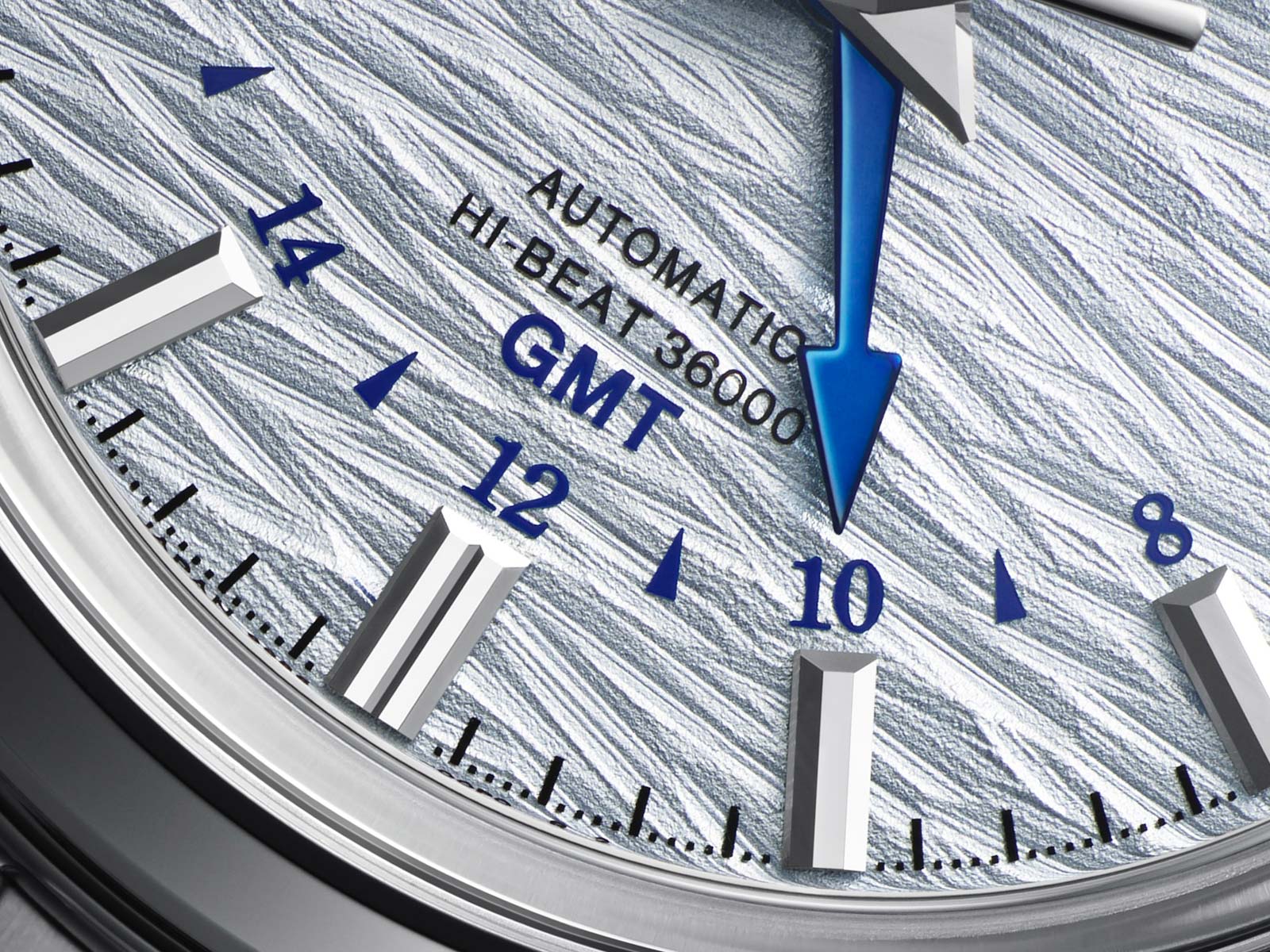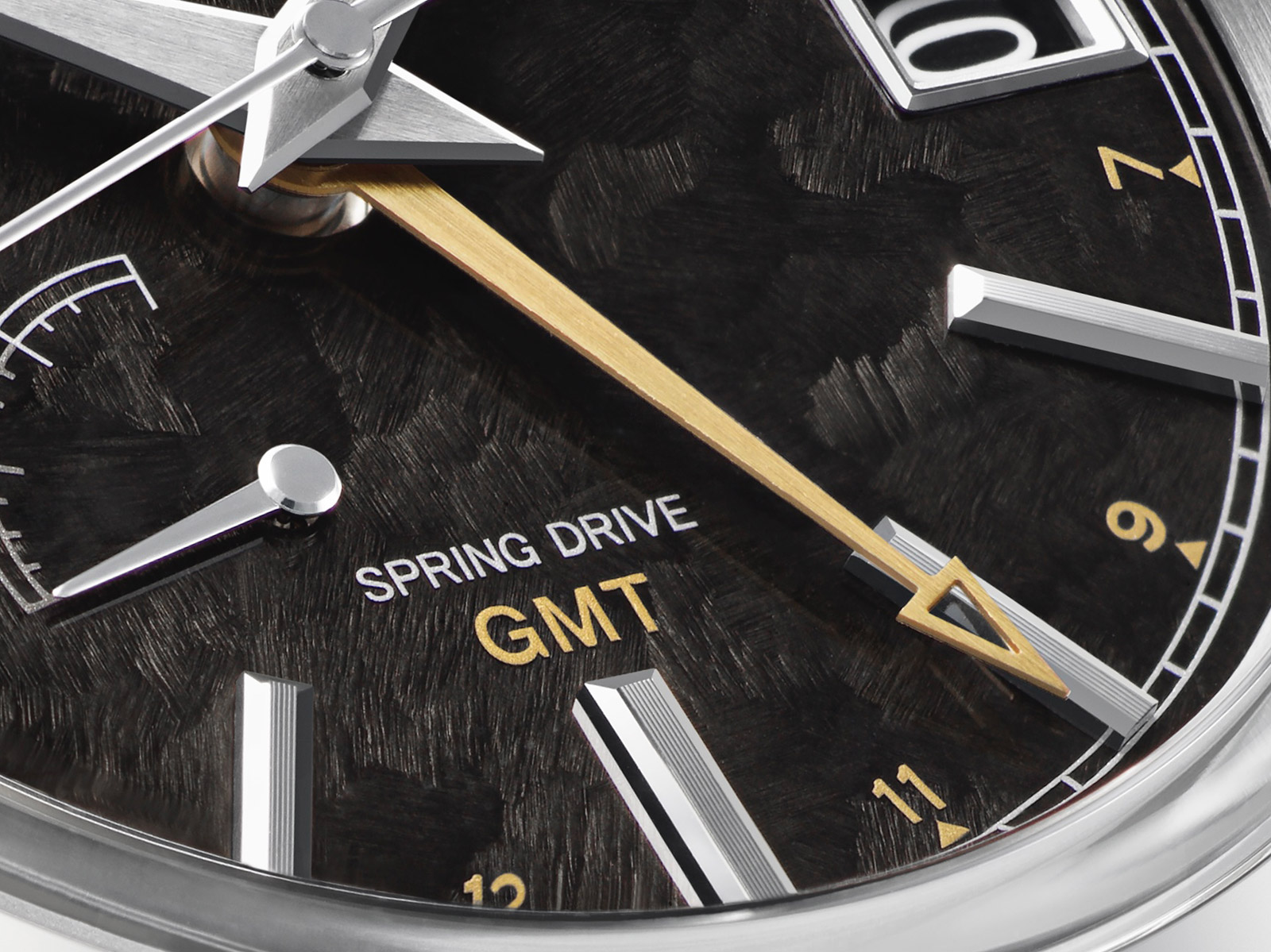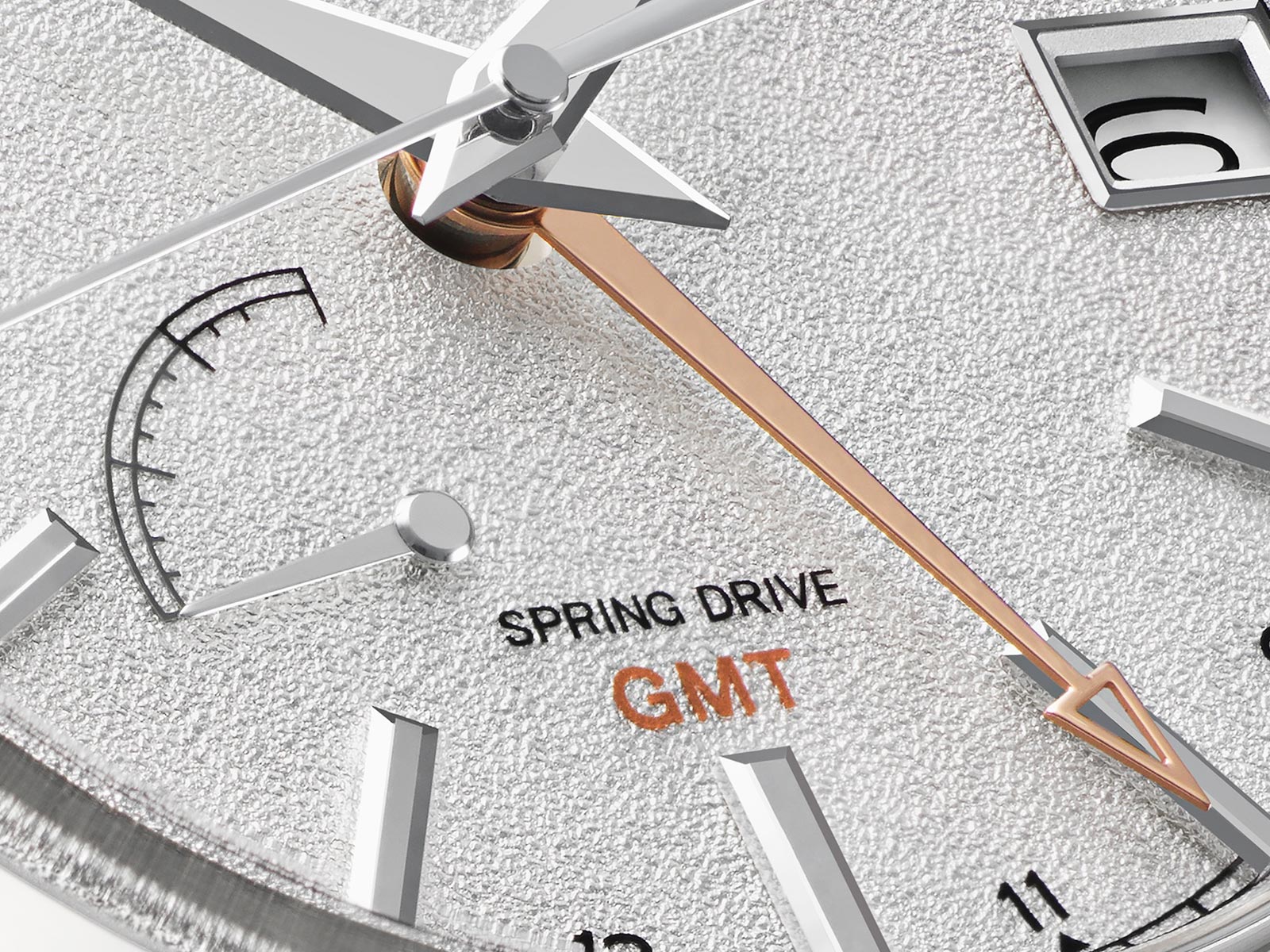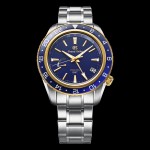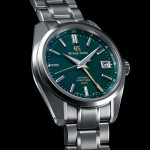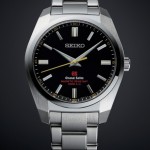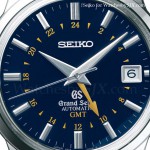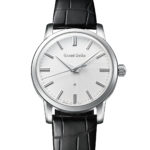Breitling Introduces the Chronomat Red Arrows
A nod to the RAF's aerobatics team.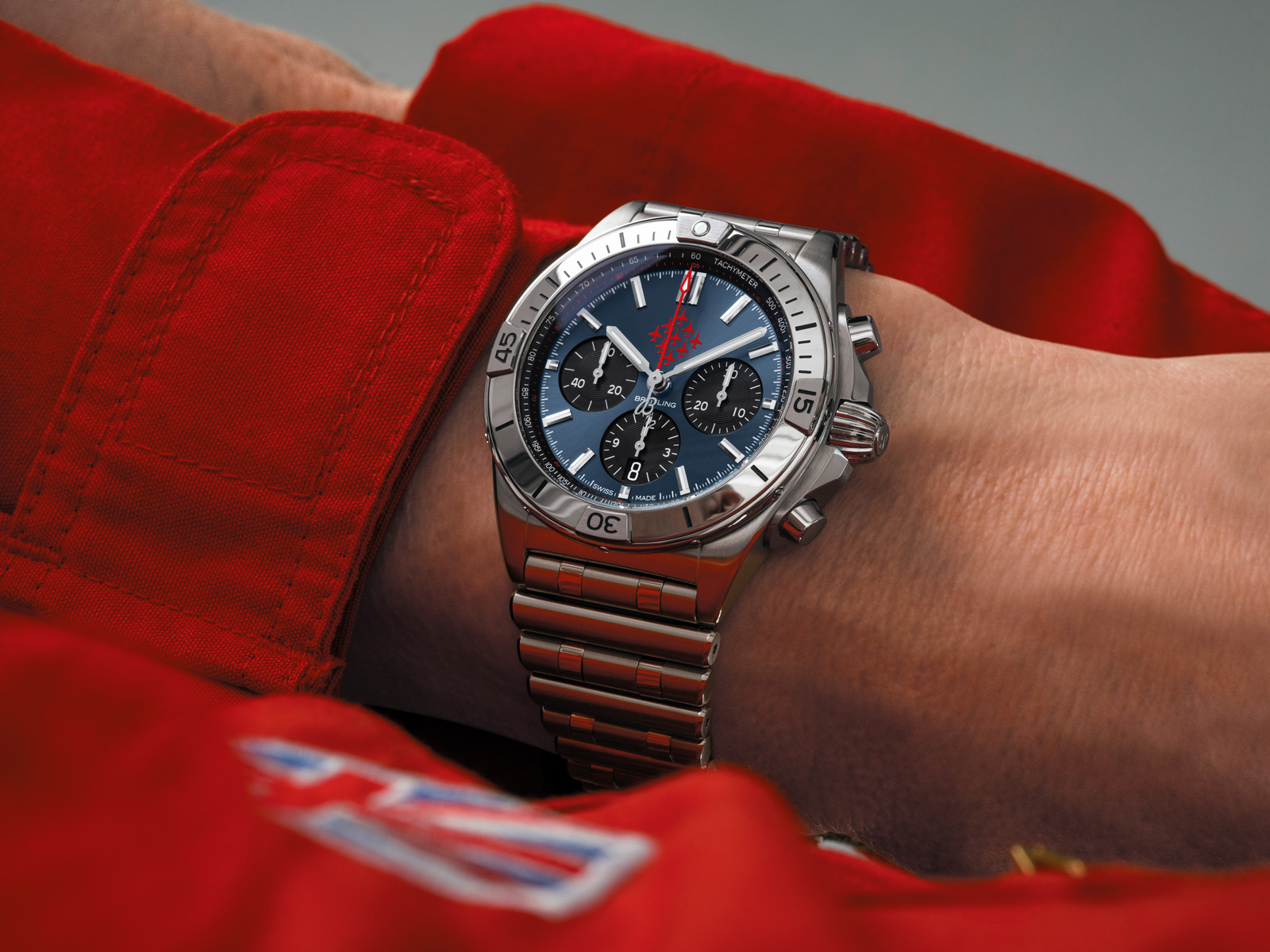
Best known for its pilot’s watches, Breitling has long enjoyed relationships with airforces across the world, including the United Kingdom’s Royal Air Force (RAF), especially its fabled aerobatic team, the Red Arrows. Continuing a partnership that is three decades old, Breitling has just announced the Chronomat Red Arrows Limited Edition.
This is the latest in several Red Arrows editions that began in the 1990s, but the first that’s based on the latest-generation Chronomat, which also means it’s the first with an in-house movement, the Caliber 01.
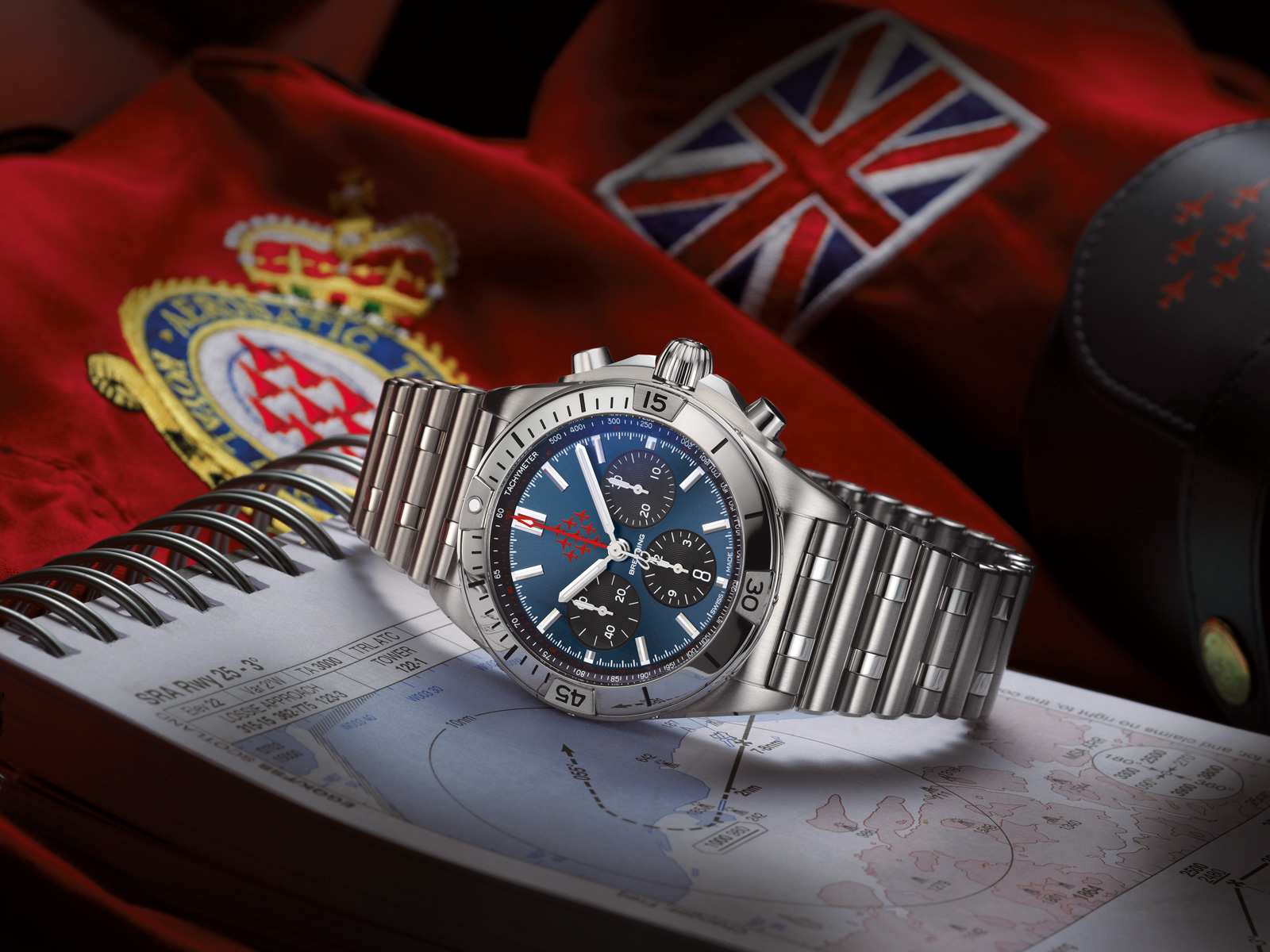
Not as revered by enthusiasts as the Navitimer with its distinctive slide-rule bezel, the Chronomat is nonetheless underrated. Introduced in 1984 to mark Breitling’s 100th anniversary, the modern-day Chronomat was a return to form for the brand, being a bold, brand-new design equipped with a mechanical movement, specifically the Valjoux 7750. Made even more distinctive with its Rouleaux bracelet made up of baton links, the Chronomat quickly became a bestseller that defined Breitling in the 1990s.
Initial thoughts
Given that fact that perhaps the best known Breitling-Red Arrows watch was a 1995 Chronomat with a red dial, the new edition makes perfect sense. That said, the Red Arrows watch is essentially the same as the standard Chronomat with a blue dial, but with the Red Arrows logo at 12 o’clock.
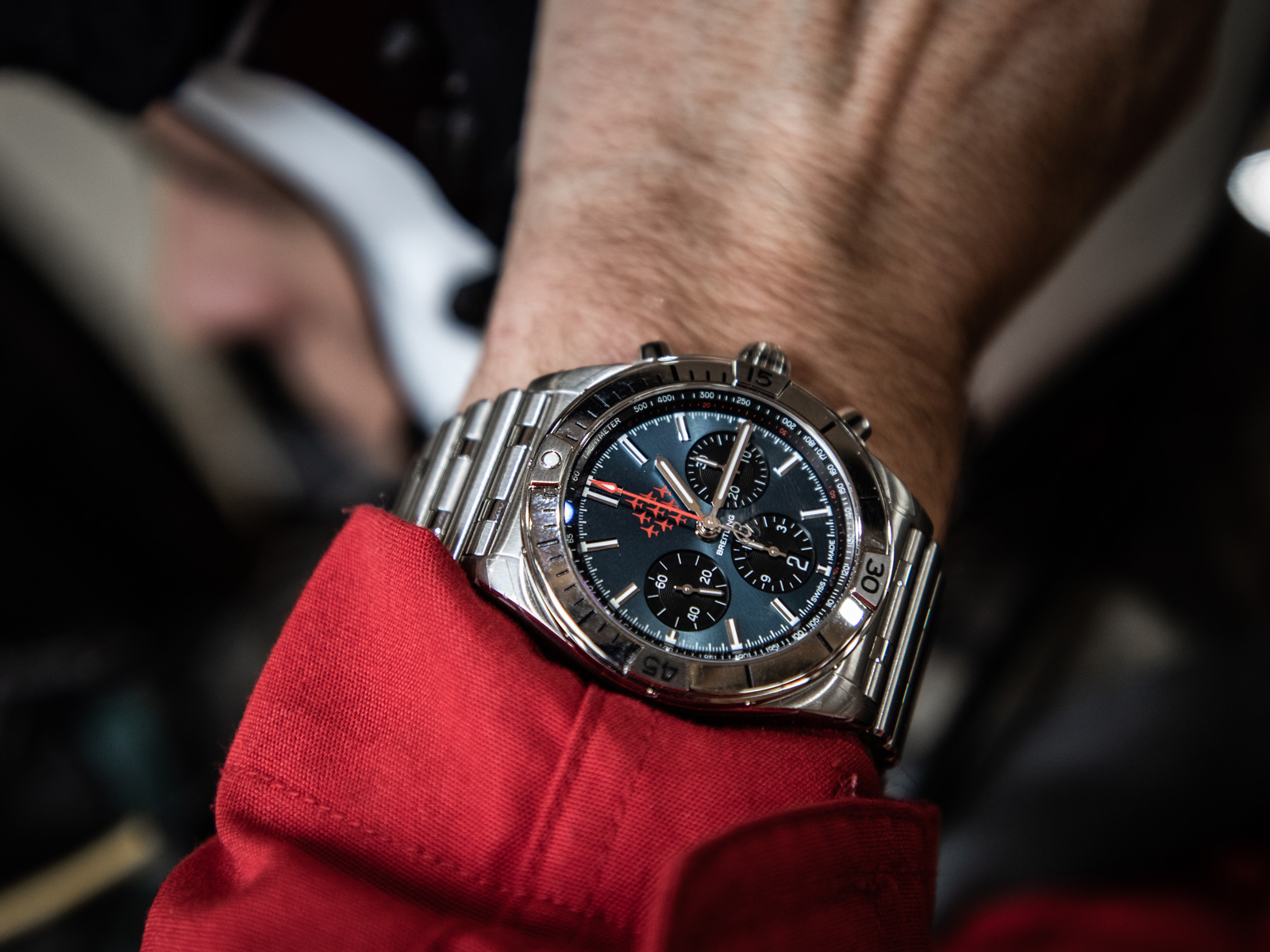
Having more Red Arrows-specific elements incorporated to the design would have made it more distinctive, but since this was created with the blessing of the RAF – Breitling is its only watchmaking partner – the leeway in creativity was presumably limited.
On the flip side, the watch would appeal to anyone who wants a bit of air-force aerobatic allure in a discreet package. At the same time, the Red Arrows edition costs only about 5% over the standard model, which makes it a useful upgrade over the standard model for an aviation or aerobatics enthusiast. Add to that the fact that the edition is small, with only 160 pieces to be made, and it should sell briskly.
“Diamond Nine”
The only overt reference to the team on the dial is the Diamond Nine emblem, the trademark formation of the Red Arrows. It sits under 12 o’clock on the sunburst-brushed blue dial, juxtaposed against black sub-dials.
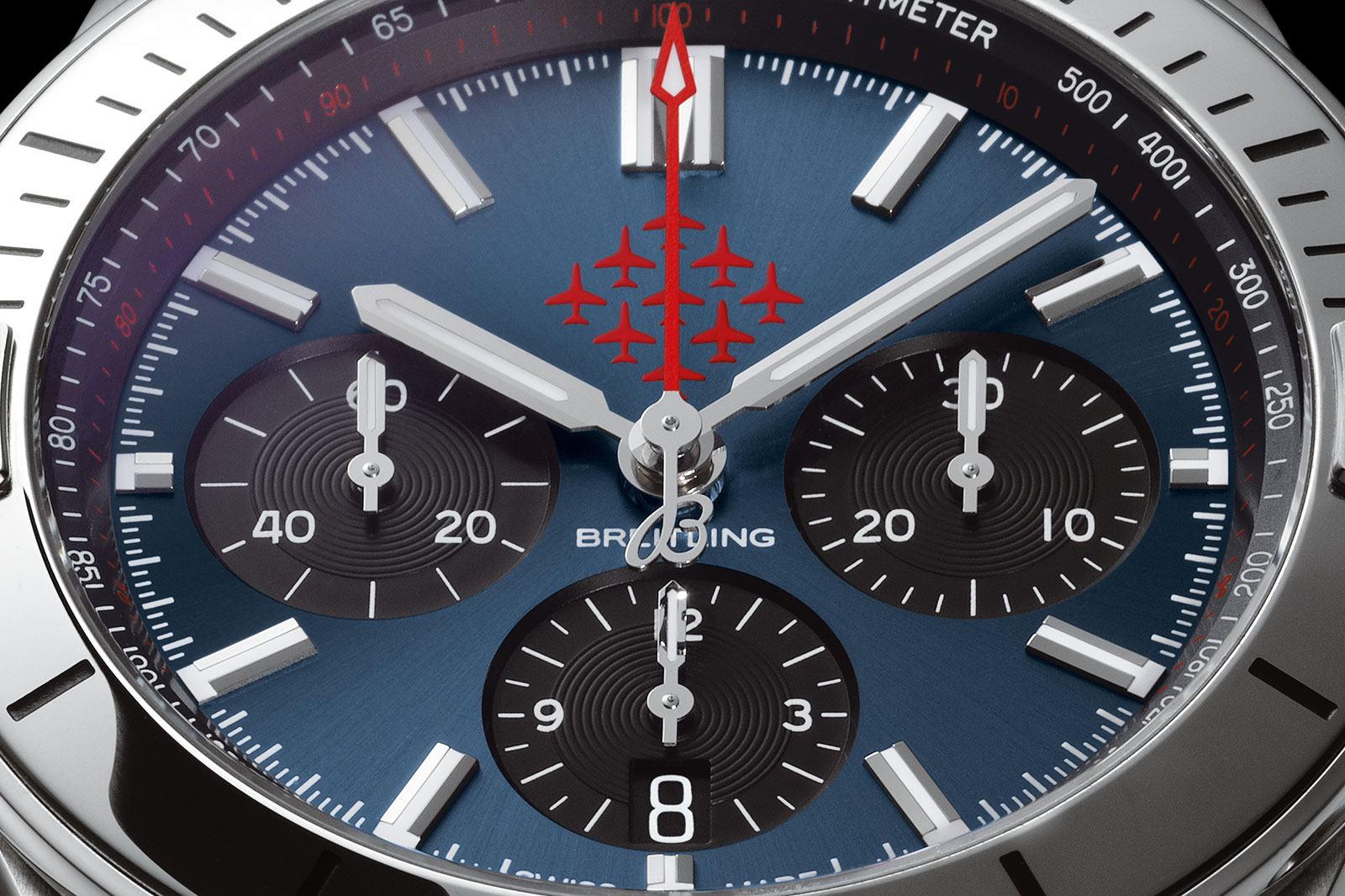
The Red Arrows edition has the same 42 mm steel case as used on the standard Chronomat. It’s fitted with a unidirectional bezel that features the rider tabs on the quarters that defined the first-generation Chronomat, but now streamlined to sit almost flush with the bezel.
As on the original, the rider tabs are interchangeable, allowing the wearer to convert the bezel from elapsed time to countdown. And the Red Arrows edition is paired with the revived Rouleaux bracelet, which adds a retro feel to an otherwise modern watch.
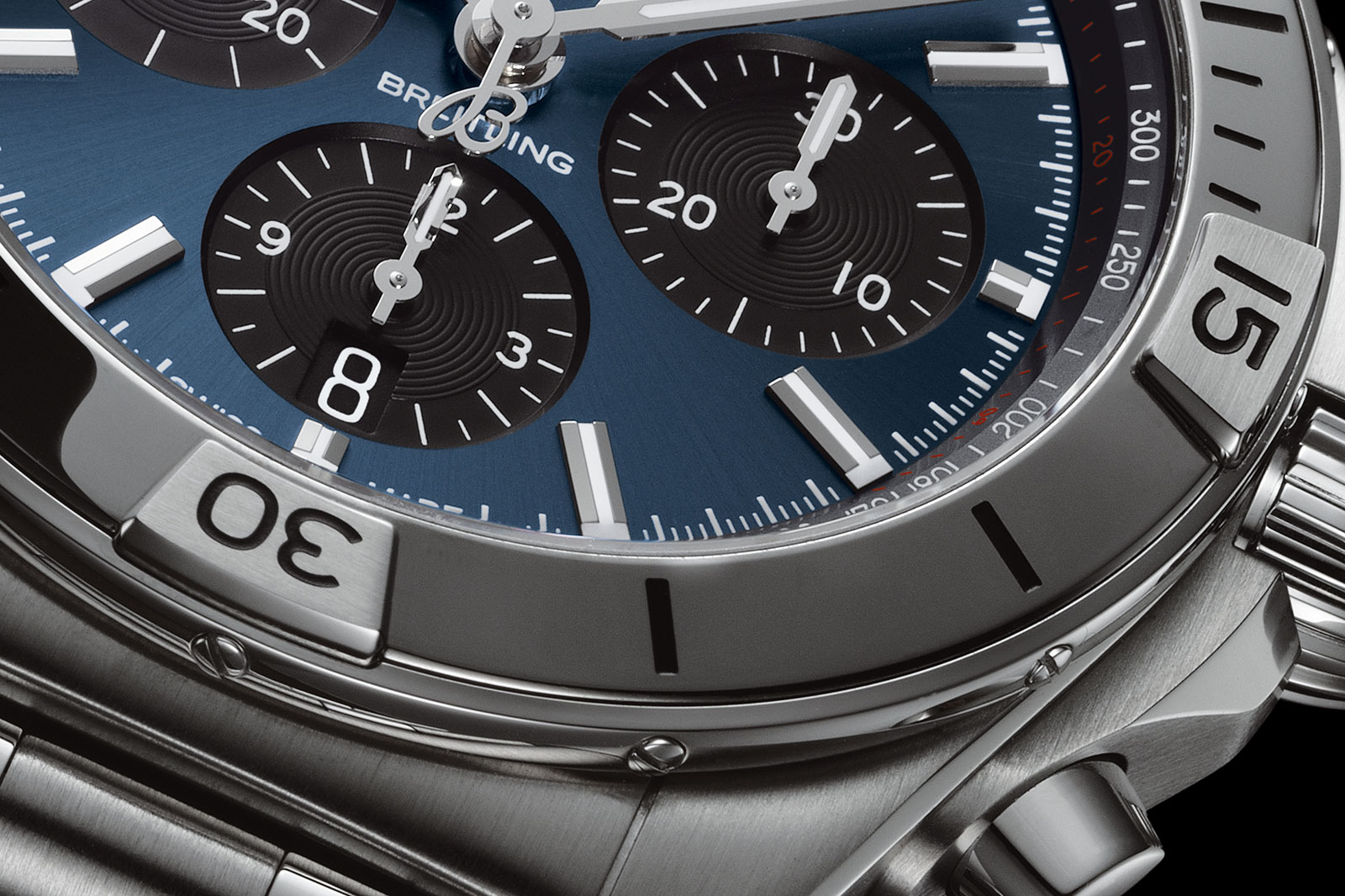
The Red Arrows edition is powered the Caliber 01, the in-house movement found in the brand’s higher-end chronographs, including the flagship Navitimer. Boasting a longish 70-hour power reserve, the Caliber 01 is a finely constructed movement that features both a column wheel and vertical clutch. It’s visible through the sapphire back, though only partially due to the Red Arrows badge printed on the crystal.
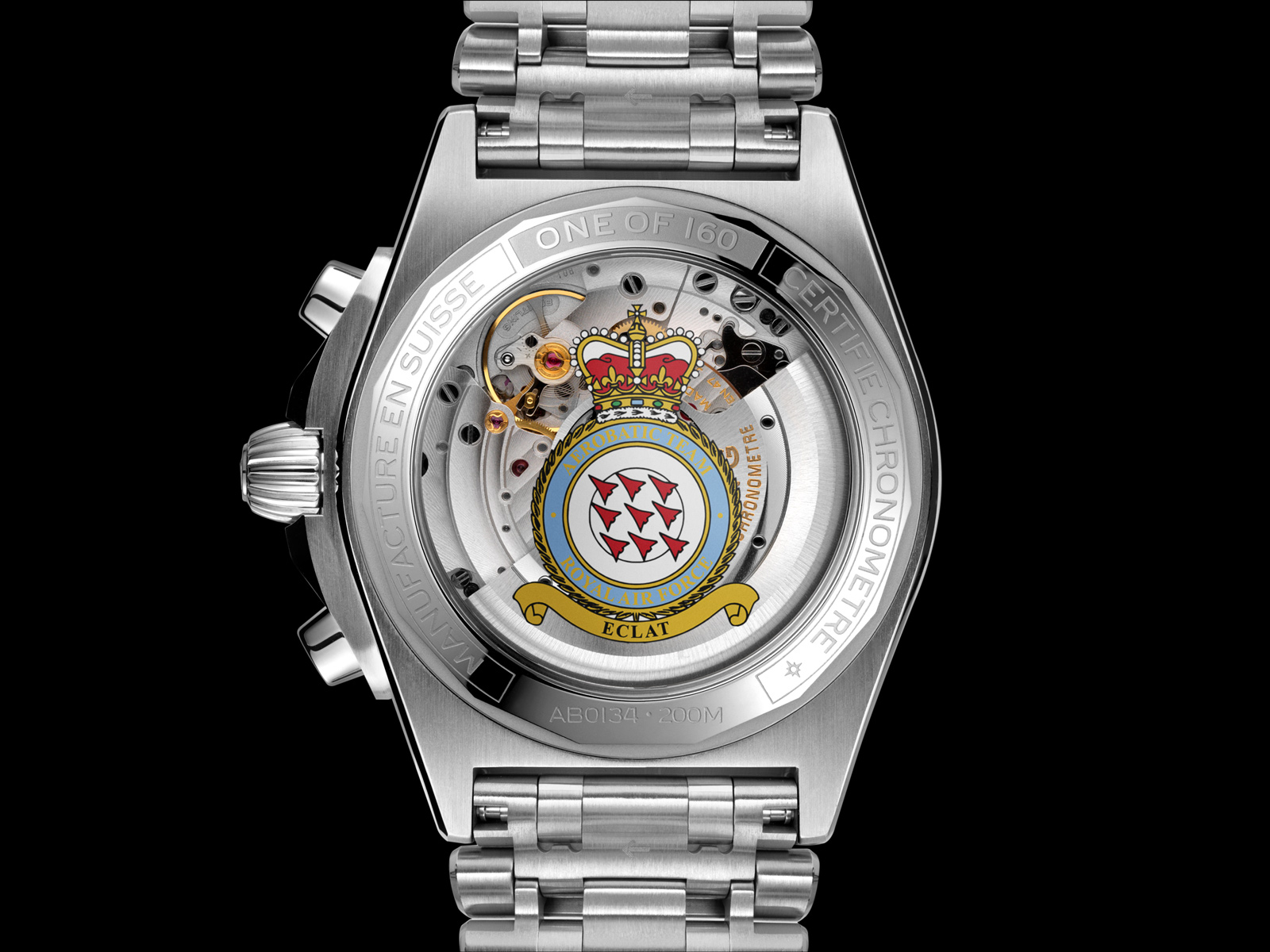
Key facts and price
Breitling Chronomat Red Arrows Limited Edition
Ref. AB01347A1C1A1
Diameter: 42 mm
Height: 15.1 mm
Material: Steel
Water resistance: 200 m
Movement: Caliber B01
Functions: Hours, minutes, seconds; date
Winding: Automatic
Frequency: 28,800 beats per hour (4 Hz)
Power reserve: 70 hours
Strap: Rouleaux bracelet
Limited edition: 160 pieces
Availability: From Breitling’s online store and selected retailers in the UK
Price: £6,900 including VAT (equivalent to US$9,600)
For more information, visit Breitling.com
Back to top.

